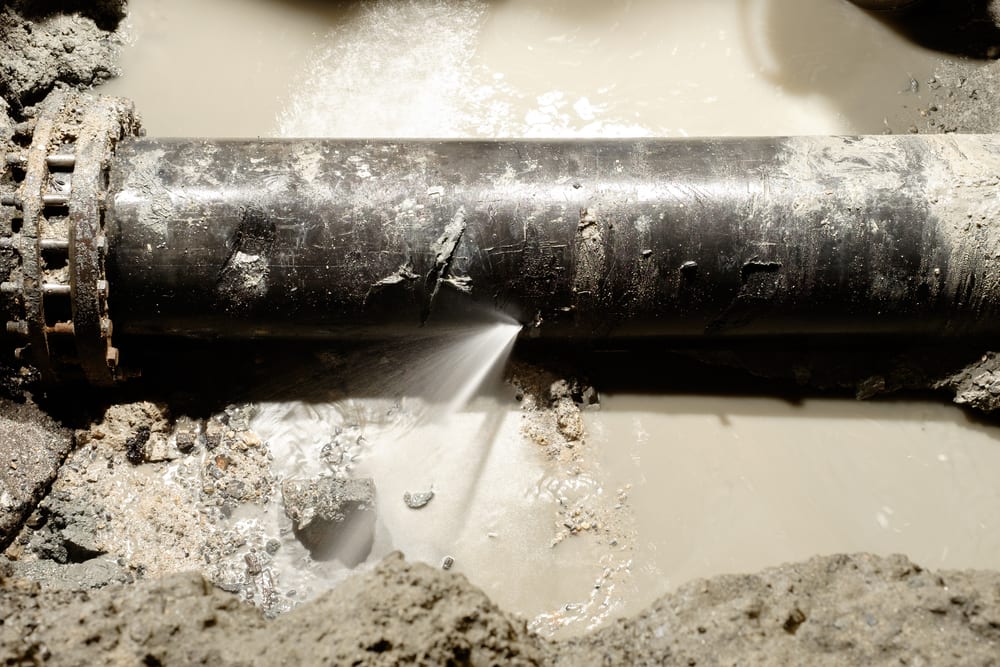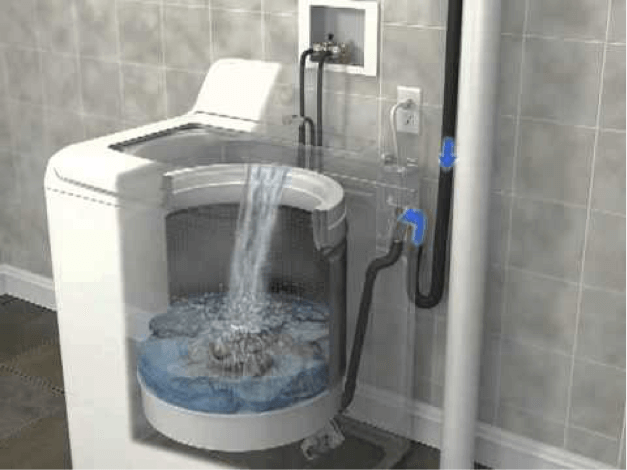Almost everyone may have their private opinions on the subject of How to Install and Connect a New Dishwasher.

A ruptured pipe is a major emergency; you can just stand as you see water you pay very much to rejoin with the earth. In worse cases, you see a pool on your kitchen area floor, which is an excellent trip danger, especially if you have children around. If the pipeline that ruptured was in your walls, problem: you might need to paint that whole area.
How can a disaster like a ruptured pipeline be avoided as well as taken care of? Well, by paying attention to your specialist emergency plumbers and following these regulations.
Exactly how do I know when my pipes have ruptured?
Fluctuating water pressures
Pipes do not simply burst in a day. You might have seen that your kitchen area faucet or shower doesn't run quickly when you transform the faucet. It might stop for a few secs and afterwards blast you with more pressure than normal.
In various other instances, the water may appear regular initially, after that decrease in pressure after a few seconds.
Wet walls and water stains
Prior to a pipe ruptureds, it will certainly leak, many times. If this consistent dripping goes unnoticed, the leak may graduate into a wide laceration in your pipe. One easy means to prevent this emergency is to keep an eye out for damp wall surfaces ad water spots. These water spots will lead you right to the leak.
Puddles under pipelines and also sinks
When a pipeline bursts, the outflow forms a pool. It might appear that the puddle is expanding in dimension, as well as no matter the number of times you wipe the puddle, in a few mins, there's one more one waiting to be cleansed. Commonly, you may not have the ability to map the puddle to any kind of noticeable pipes. This is an indicator to call an expert plumber.
Untraceable trickling noises
Pipeline bursts can happen in one of the most undesirable places, like within concrete, inside walls, or under sinks. When your house goes silent, you might have the ability to hear an annoyingly relentless dripping noise. Even after you have actually examined your shower head as well as cooking area tap, the trickling might proceed.
Beloved reader, the dripping might be originating from a pipeline inside your walls. There isn't much you can do concerning that, except inform an expert plumber.
Turn off the Water
When water ices up, it expands in volume by about 9 percent. As well as it broadens with remarkable pressure: The pressure inside pipelines might go from 40 pounds per square inch to 40,000 psi! No pipeline can hold that much pressure, so it bursts. The break might occur where the ice types, yet more often, it takes place where water stress locates a weak spot in the pipeline. That might be inches or even feet from the frozen location. Locate the water shutoff valve as well as turn off the water to stop more damages. You may also require to shut off the electrical energy also, depending on where the leakages takes place and just how large it is.
Contaminated water
Lots of people presume a ruptured pipeline is a one-way outlet. Quite the contrary. As water flows out of the hole or laceration in your plumbing system, contaminants locate their method.
Your water may be infected from the source, so if you can, check if your water container has any type of troubles. Nevertheless, if your drinking water is provided and cleansed by the city government, you must call your plumber right away if you see or scent anything funny in your water.
What do I do when I detect a burst pipeline?
Your water meter will certainly continue to run also while your water wastes. To decrease your losses, find the primary controls and also turn the supply off. The water mains are an above-ground framework beside your residential property.
How to Fix & Detect a Leaking Pipe
How Do I Know if a Pipe is Leaking?
Leak detection tests can help you determine if your pipe has a leak. Even if you don’t see an apparent leak, you should still conduct leak detection tests regularly to save water and money—and prevent major damage to your home.
Water meter. It can be helpful to figure out what your usual water meter usage numbers are and then monitor them regularly. To monitor your meter, first, turn off all water faucets in your home. Check the meter and write down the numbers. In a few hours, check the meter again. If the numbers have changed, you have a leak. Water gauge. Use a water gauge to test your water pressure. Your showerhead should produce a certain amount of water pressure based on its model and design. If the pressure is lower than it is supposed to be for that specific showerhead, your home likely has a leak. Puddles. Look inside your bathroom, laundry, and kitchen sink cabinets. Puddles around the cabinets or around toilets, tubs, showers, and washing machines indicate the presence of a leaking pipe. You may also notice loose tiles, peeling or flaking paint, or mold caused by water accumulation. Napkin test. Even if you don’t see any puddles, you may still have a leak. You can test for water leaks in the bathroom, laundry, and kitchen by wiping below-sink connections with a napkin, paper towel, or piece of toilet paper. If it becomes damp, you probably have a leaking pipe under the sink. Discolored walls. Walls that are discolored—usually with brown or yellow stains—or bulging might mean that they have been impacted by water damage caused by a leaking pipe. Smell. A leaky pipe will create sitting water, and over time, that water may develop a musty smell. If your home smells musty, but you can’t locate the source, it may be due to a leak. Steps for Fixing a Leaking Pipe
A leaky drain can be remedied by tightening the pipe base, replacing the drain seal, caulking the rim, and tightening the pipe nut. Similarly, a leaking toilet pipe can be treated by tightening the packing nut. You may also need to replace the valve. A leaky faucet may just need tightening or replacement of the washers. If that doesn’t work, consider replacing your faucet. If your pipe has a hole in it, you may want to use a pipe leak sealer or pipe leak tape. This quick fix for water pipe leaks can also temporarily fix a copper pipe leak. https://www.ahs.com/home-matters/quick-tips/how-to-tell-if-pipes-are-leaking/

I stumbled upon that blog posting about How to Prepare for Your Dishwasher Installation while doing a search on the internet. Sharing is good. Helping people is fun. Kudos for your time. Kindly check up our site back soon.
Expert attention offered.